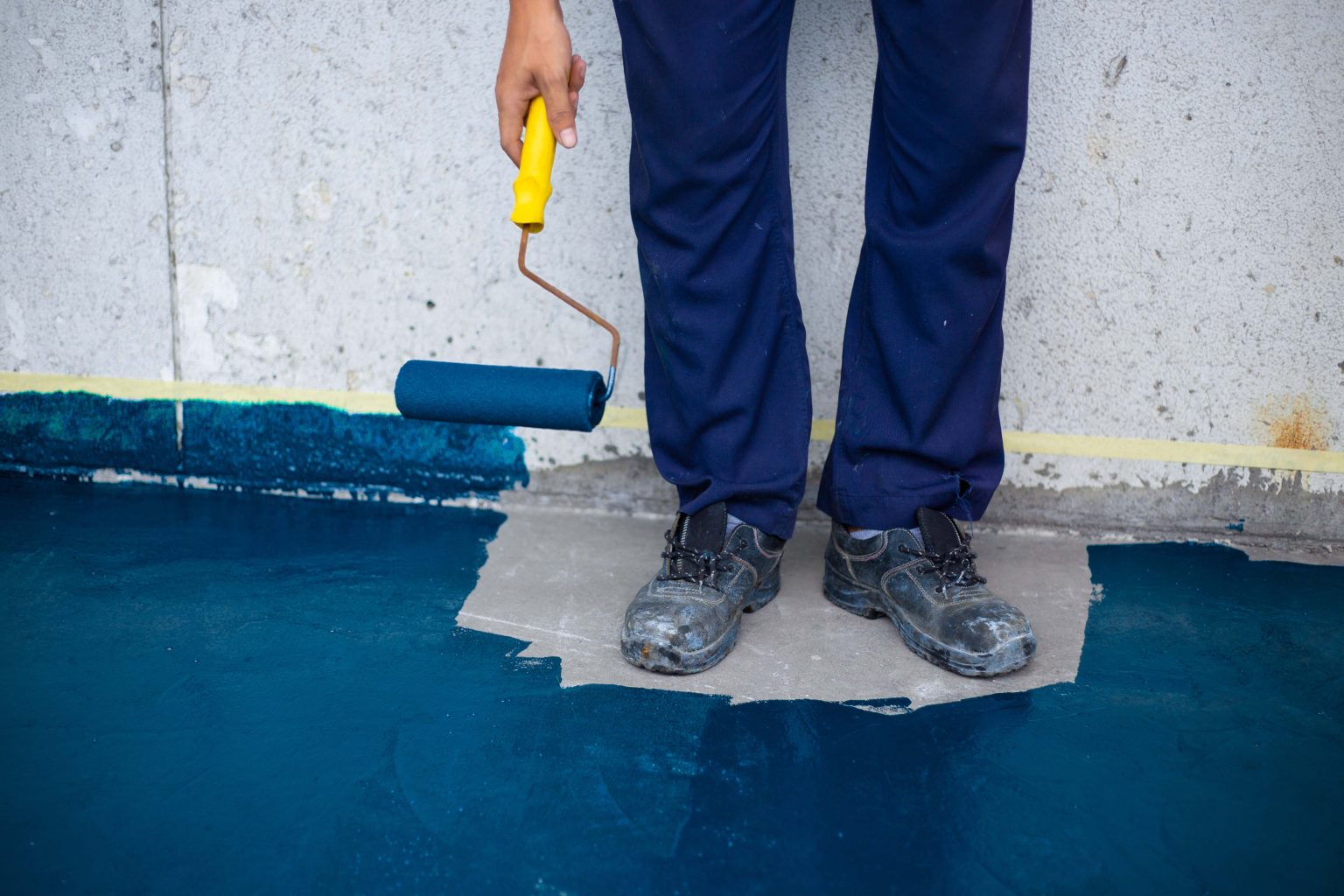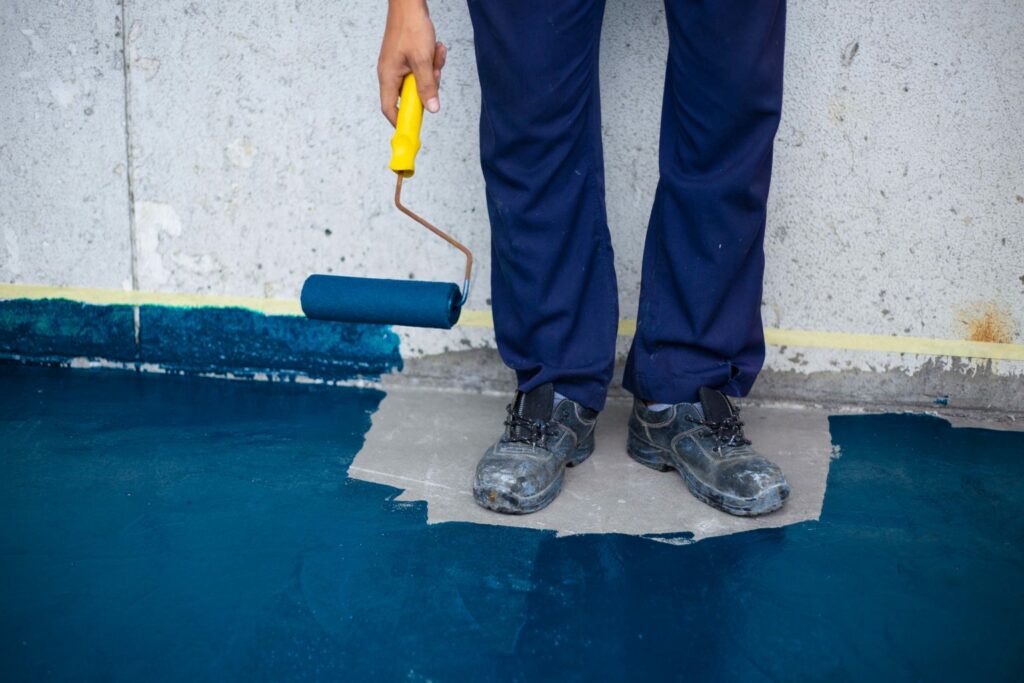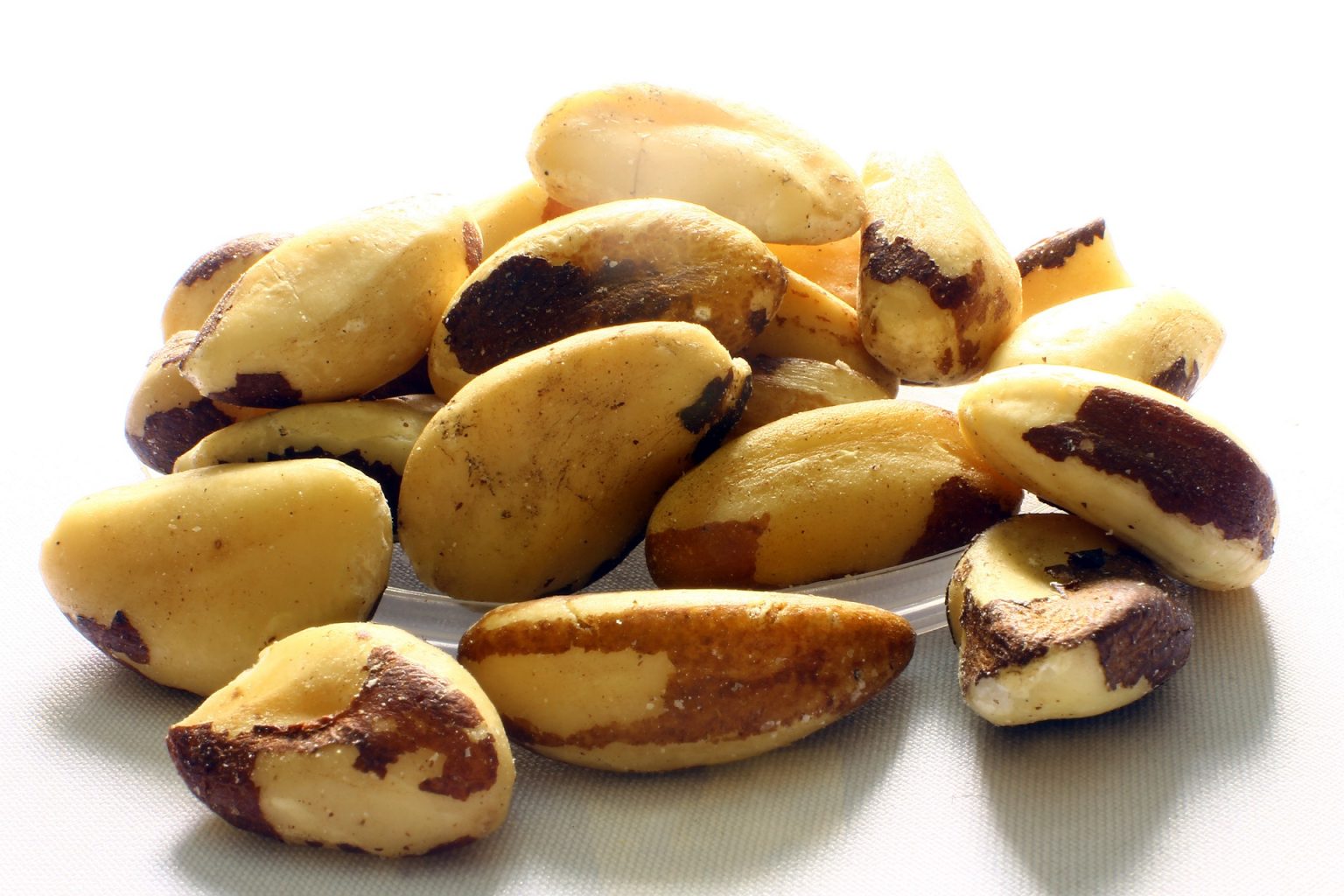There are so many things right now that can upset us about the new pandemic that is sweeping the world. Who to believe, how to protect ourselves and our family, how much toilet paper is enough? With all these questions and more, it really is hard to avoid having a major sympathetic response, which is our flight or fight mode. This response, when in a sustained state, is counterproductive to staying healthy, because what we need now, more than ever, is to have a parasympathetic response. Which state we are in determines how our immune system interacts with and reacts to our environment, and of particular relevance right now, to COVID-19.
We now know that the importance of slowing COVID-19 is that we can flatten the curve of spread and not overwhelm our health care system so that when people really need it, it will be there. The attached diagram explains it well. We will not “stop it cold” with school closings and canceling events, but we will flatten the curve which I think is extremely important.

This is a bigger picture approach to coronavirus, but what can we do personally to get ready? (And no, it does not involve stockpiling toiletries.) There are things that have been covered ad nauseam on a personal level to control the pandemic, if you have not been living in a cave, such as
- Washing your hands. I won’t get too deep into the importance of washing your hands, but I will say wash them like you’ve been cutting up jalapeño peppers and have to put in contacts or have to pee. Being from Louisiana and loving all things hot, I know what this entails and I imagine you do too. Whoa, Nelly!
- Don’t touch your face. Ok, this is hard. Touch it with tissues as much as possible, or I guess we’re all going to be walking around with a bunch of crusty noses.
There are other tips that the CDC is sharing via their website. Be sure to read it. None of these things, however, address how to create a dynamic immune system that can take on the challenges of viruses. How do we make a dynamic immune system? Well, one answer is to get into a parasympathetic mode and support it with some very familiar interventions.
The parasympathetic mode of our autonomic nervous system, which is the opposite of fight or flight, sympathetic mode, is the relaxation mode. It’s when we are in this mode that our immune system is better able to identify pathogens, think COVID-19, cancer, and other threats. This is the reason stress, anger, and anxiety are so counterproductive, and when we see people who live in these states, they respond poorly to curveballs like cancer and infection. So how do we shift our autonomic nervous system to this pathogen-killing vigilance of parasympathetic mode? Well, you have heard most of it before, but I want to remind us of the simple things that will help us during this time of uncertainty.
Sleep. This is the most powerful tool we have and most Americans are only getting 6 hours a night or less. They have shown this deprivation to increase our risk of heart disease, diabetes, cancer, and yes, increases our risk of infection. Let me urge you to make this a priority now and in the future. Here are some small steps that may help:
- Blue light avoidance 1-2 hours before bed (cell phones and computers) or use blue light glasses that filter this cue to wake up.
- No exercise 3-4 hours before bed.
- Tape your lips. (See blog on this cheap fix–I love it.)
- Be careful of caffeine intake. (See blog on how this affects sleep, even what you consume in the AM.)
Food. What you eat matters in the way your immune system responds. If we eat processed, high-sugar foods, then our immune system gets revved up, and not in a good way. It moves toward attacking self, and not toward attacking non-self, or things like coronavirus. That’s why this lifestyle choice of healthy eating is associated with health and not disease. Our immune system likes things it recognizes, such as foods that are in the form nature intended. This helps with the parasympathetic state, which allows the immune system to monitor our environment, and if we get coronavirus, not overreact to it, but to efficiently remove it. COVID-19 gets nasty with overreaction, as it causes our immune system to attack our own systems. Keep it simple. Eat whole foods and avoid inflammatory foods which are processed, high in sugar, and contain preservatives.
Meditation. The simple process of focused breathing qualifies. It’s not necessarily 2-hour deep dives into the Universe I am talking about here, but focused breathing that takes us from a sympathetic state to that most important parasympathetic, virus-killing, state. For some of us, this is a big step, clearing our mind and focusing on breathing, but there are apps for that like 10% Happier. Try it. It could start with just 5 focused breaths and trying to not think about where you are going to get enough toilet paper because the leaves are not yet on the trees for backup.
Exercise. The good news here, as well. No need to be a Tri-athlete, as prolonged intense exercise may be counterproductive, but moderate exercise is key, and here is some support for that:
“Exercise has a profound effect on the normal functioning of the immune system. It is generally accepted that prolonged periods of intensive exercise training can depress immunity, while regular moderate intensity exercise is beneficial.”[1]
Even that staple of just walking 30 minutes a day showed the following:
“A study of over 1,000 men and women found that those who walked at least 20 minutes a day, at least 5 days a week, had 43% fewer sick days than those who exercised once a week or less. And if they did get sick, it was for a shorter duration, and their symptoms were milder.”[2]
Another well-researched exercise that improves parasympathetic response is yoga. If you have the flexibility of an oak branch like me and have done yoga, then you understand it is exercise. The great thing about yoga is that it can meet you where you are physically and help you get as intense as you want it to be, or not be in my case. This is the exercise you can do at home and still be in a virtual class. This is one of my favorite options for exercise right now.
It may seem counterintuitive to say exercise improves our parasympathetic response, and improves our immune system, but data supports that although you stimulate your fight or flight sympathetic nervous system initially, you have increased parasympathetic nervous system response over time with regular mild or moderate exercise, which will keep you fighting and overcoming viruses.
Supplements. Disclaimer: I love science-backed supplements, and have used them with all the above interventions for years, to significant effect. I will not go in-depth here in supplement analysis but wanted to give some staples with another disclaimer, which is, make sure the supplements you get are FDA inspected, third party tested supplements as they do you no good if they don’t have what they say they have in them. This list is good for anyone who is immunocompromised as well, if tolerable. If needed, there are liquid forms available.
- Magnesium– Here’s one that you might not be thinking of. This is big for the ability to have a parasympathetic response and it also helps immune function. Most Americans are deficient, so adding some to your regimen can only help (read more in this magnesium post). I would use chelated magnesium like Mag Glycinate or Sucrosomial magnesium like Ultra Mag and take 300 mg or more a day.
- Vitamin D3– This one helps with immune function and improving responses to things like flu. I recommend at least 2000 IU’s a day. You can use more than 5000 IU’s per day, but be sure to get your levels checked every 2-3 months until you know this is a stable dose for you.
- Zinc– I like 30-50 mg a day of zinc picolinate or zinc citrate, as most Americans are also low on this mineral. They have shown it to decrease the symptoms of the common cold by 2-3 days in some studies and is essential for a healthy immune response.
- Vitamin A- because of genetic issues, many people have trouble converting beta carotene from things like carrots and sweet potatoes to retinol (Vitamin A). Vitamin A is a super potent virus fighter so adding in 2500 to 5000 units a day is not a bad idea. You need to make sure you are taking this with Vitamin D, and more is not necessarily better as there can be toxicity with higher doses.
- Vitamin C- This is a no-brainer for me. My Mama gave this to us every day during cold and flu season and for good reason. It has extensive literature that supports its use to both prevent and treat viral infections. To prevent, I would look at 500 mg a day, and if you get an infection increase this to 2000 mg a day. Here is a paper with an overview of Vitamin C and its benefits.
Though not all the above supplements are directly parasympathetic oriented, they’ll help you get through this time in which a highly efficient immune system is so important.
With the COVID-19 pandemic, we are in unprecedented times. It’s time to empower ourselves and control what we can control. We cannot control the hoarding of bizarre things that will have no bearing on outcomes, but we can calm our autonomic nervous system and get our bodies in tiptop virus-fighting shape. We will all know someone with COVID-19 before this is done, I’m afraid. Yet, we have to go on living and hopefully, thriving, knowing we are doing all we can by taking care of ourselves.
[1] “Exercise and Regulation of Immune Functions” Prog Mol Biol Transl Sci, 135, 355-80 2015
[2] https://www.health.harvard.edu/staying-healthy/5-surprising-benefits-of-walking







